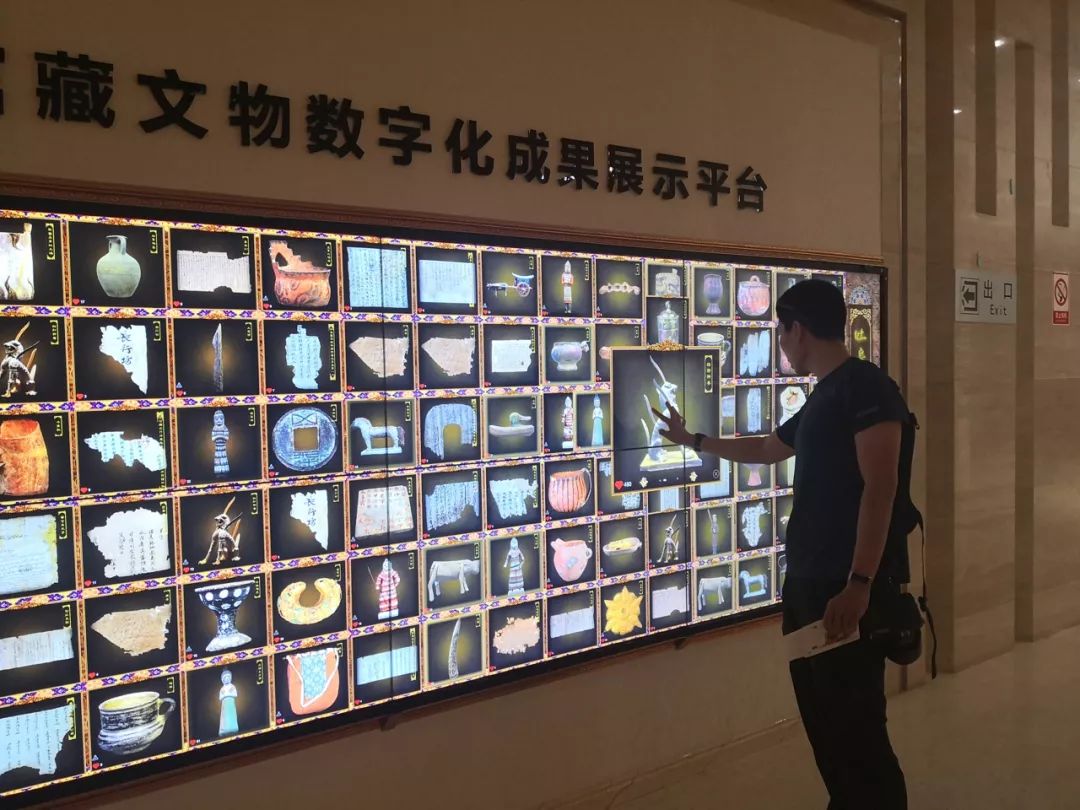
It probably started when I was an exchange student in Paris, because students under the age of 25 were free, so I fell in love with visiting museums. Every time I go to a place after that, I always want to see if there are any museums worth visiting and systematically understand the local history and culture.
Turpan Museum is an unexpected gain from this trip to Xinjiang. I didn't originally include this attraction in my plan, but since I had plenty of time, I stopped by and followed the guide around. There are four exhibition halls in Tubo. Each exhibition hall has a distinct theme, rich exhibits, and a tight rhythm. The story line of the prompts is clear and logical, and the commentary is not boring. For people who know little about Turpan's nature, history, and culture, , very attractive and interesting.
The first exhibition hall displays the historical development process of the Turpan region. The long history of multi-ethnic integration and development has produced Western-style works based on the mainstream cultural elements of the Central Plains, such as the painting of Fuxi and Nuwa with a snake body. The uniqueness of the national culture of the Western Regions is presented through various texts, belief cultures, funeral customs, etc., making people feel the unique charm of this land.
The second exhibition hall is the paleontological remains, displaying the 2000 giant rhinoceros fossils unearthed in Turpan. The exhibition of this giant herbivore reveals the natural conditions that were completely different in Turpan at that time and now. After arriving in the heat and dryness of Turpan, the contrast was truly shocking.
The third exhibition hall displays the documents unearthed in Turpan from past dynasties, through the " Almanac " " Salary Slip " "Student Homework " etc., to understand the living conditions of various people at that time, and to realize that the spread and influence of Central Plains culture in the Western Regions has a long history.
The last exhibition hall is the mummy exhibition hall. Turpan is one of the areas with concentrated archaeological remains in Xinjiang. A large number of mummies have been unearthed from Shengjin Township and Astana cemeteries, ranging from 2500 years ago to the Qing Dynasty. Before this, I had only heard of mummies in Xinjiang and never understood them. I even thought there were many legends about them. After the introduction by the commentator, I was shocked by this type of archaeological discovery: a huge number of mummies were unearthed in Xinjiang; they were naturally formed and completely preserved, which is shocking; this led to many cultural phenomena, which are completely different from those in the Central Plains. After seeing the exhibits that were moved to the museum, we went to the Astana Cemetery out of curiosity, which can be said to have deepened our overall understanding of ...
The digital construction of the Turpan Museum is also remarkable: the basic information of the article is very comprehensive, the online voice and text guides are very clear, and there are also interactive large screens in the museum that display key exhibits. You can click to view the details and scan the QR code to save them. , allowing viewers to write down their favorite cultural relics——This function is really convenient.

After viewing the exhibition hall, I stopped for a long time at the Tubo souvenir shop. Tubo's cultural and creative products are very rich, of good taste, and deeply cater to the aesthetics of young people, such as the very cute designed Q version of Gaochang King and Queen refrigerator magnets, and high-quality hand-painted postcards , exquisitely designed scenic spot seals with clear stamps make people particularly willing to buy rather than make up the numbers and check in.






After returning to Urumqi, I went to the Autonomous Region Museum. In comparison, I felt that Tubo had more interesting information. The layout of the exhibition hall and the story line could explain the regional development context in a clear and simple way. In addition to the mummy-themed exhibition hall, Xinbo introduced a lot of archaeological knowledge. In addition, the information in the main exhibition hall (historical process) and the ethnic customs exhibition hall is very small, and the story line is not clear, which is a bit disappointing.
Tubo is a museum that is run with great care. I hope more people can visit it!
